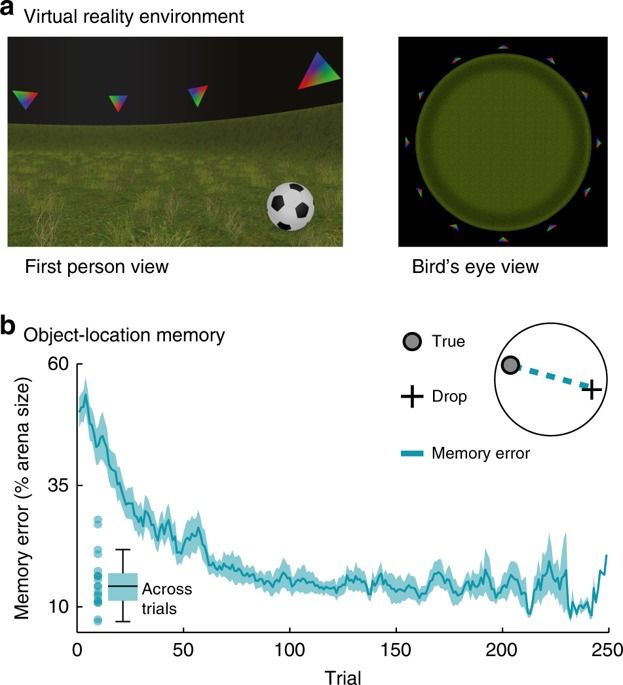Tesla is working on a compact car that will be manufactured in China and distributed worldwide. The battery technologies required for a compact car will be unveiled at Tesla Battery Day that will enable Tesla to make a small car for less than $25,000, possibly close to $20,000 or less. The battery cost is the main factor to drive down the cost of an electric vehicle. The compact car is coming soon after Tesla Battery Day technologies are revealed. The new batteries will allow Tesla to shrink the battery pack’s size while offering enough range for everyday driving. Elon Musk’s speech at the launch event in China suggests the car will be quite unique, just like the Cybertruck.
WATCH NEXT: https://youtu.be/3ni0T6yxJ_U
Concept photos: Dejan Hristov
——————-
► Support us on Patreon
https://www.patreon.com/evsource
► Check out EV Source Apparel & Merchandise
https://bit.ly/3805nYP
► Great Tesla Accessories
Get 10% off using code: EVSource
https://bit.ly/3ezPSJp
——————-
All music in this video is from Epidemic Sound.
Try them out with this free 30-day trial: https://bit.ly/2TOgbDx
——————-
► Join EV Source Discord:
https://discord.gg/MqUqaCx
——————-
CAMERA GEAR I USE:
US Links:




